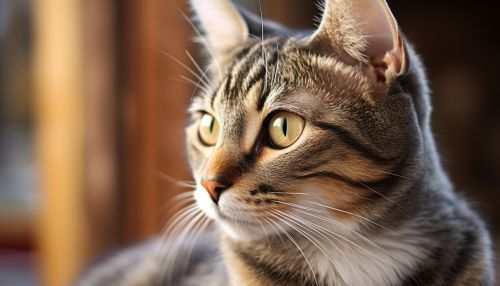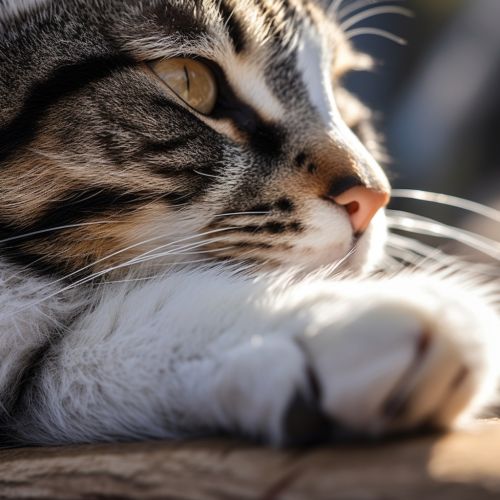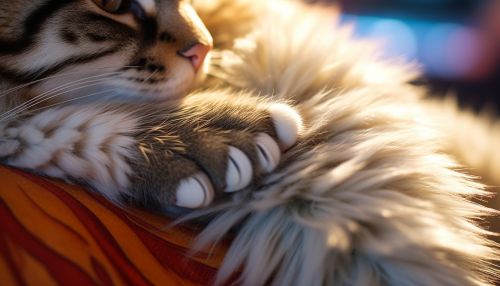Feline
Taxonomy and Evolution
The domestic cat, scientifically known as Felis catus, is a small carnivorous mammal that is often kept as a pet. It is the only domesticated species in the family Felidae and is often referred to simply as the cat when there is no need to distinguish it from other felids and felines. Cats are native to the Near East, and their closest wild ancestor is believed to be the African wildcat (Felis lybica).


The family Felidae is part of the order Carnivora, which includes families such as Canidae (dogs and their kin) and Ursidae (bears). The Felidae family is divided into two subfamilies: the Pantherinae (which includes the lion, tiger, and leopard) and the Felinae (which includes the domestic cat, cheetah, and cougar).
The domestic cat is a member of the genus Felis, which is part of the Felinae subfamily. This genus also includes species such as the jungle cat (Felis chaus) and the Chinese mountain cat (Felis bieti).
Anatomy and Physiology
Cats have a highly specialized anatomy that has evolved to facilitate hunting and catching prey. Their flexible bodies and developed musculature allow for quick, agile movements and a powerful pounce. Cats' retractable claws provide a distinct advantage in hunting and climbing, and their sharp teeth are adapted for killing small prey.


Cats have a keen sense of hearing and sight, which aids in hunting. Their night vision is especially impressive; cats can see clearly in nearly total darkness, an adaptation facilitated by the tapetum lucidum, a layer of cells in the eye that reflects light back through the retina.
Cats also have a highly developed sense of touch, with numerous nerve endings in their paws and vibrissae (whiskers) that allow them to detect changes in their environment and navigate in darkness.
Behavior and Ecology
Cats are solitary hunters that prefer to hunt small prey, such as rodents and birds. They are primarily crepuscular, being most active during twilight, although domestic cats often adjust their activity patterns to those of their human caregivers.


Cats communicate through a variety of vocalizations (meowing, purring, hissing) as well as body language. A cat's posture, movements, facial expressions, and tail movements can all convey information about its mood and intentions.
Cats also engage in a variety of play behaviors, some of which mimic hunting. Play provides kittens with opportunities to practice and refine their hunting skills.
Domestication and Relationship with Humans
Cats were likely first domesticated in the Near East around 9,000 years ago. Early humans probably began to tolerate the presence of cats because they controlled populations of rodents that infested grain stores. Over time, some cats were tamed and kept as pets.


Today, cats are one of the most popular pets worldwide. They are valued for their companionship and for their ability to hunt vermin. Cats have also been associated with humans in more symbolic ways, such as being considered sacred in some cultures.
Health and Veterinary Care
Like all animals, cats can suffer from a variety of health problems, including infections, injuries, and chronic diseases. Regular veterinary care is important to ensure that a cat is healthy and to treat any health problems that arise.


Common health problems in cats include dental disease, obesity, kidney disease, and certain types of cancer. Cats can also be affected by parasites, such as fleas and worms, and by infectious diseases, such as feline immunodeficiency virus (FIV) and feline leukemia virus (FeLV).
